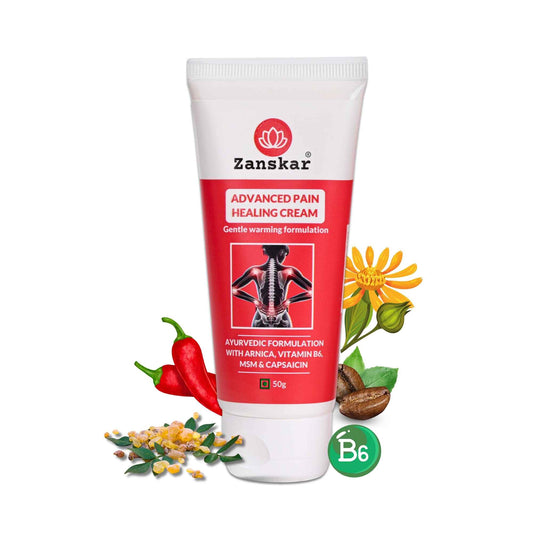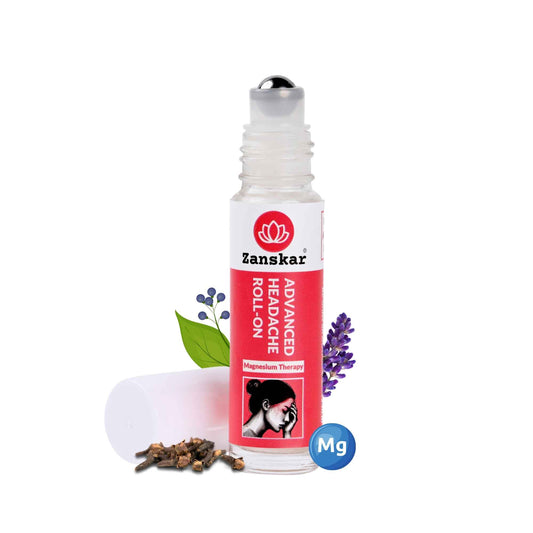
Pros and Cons of Compression Knee Sleeves

A knee compression sleeve is typically made of a type of breathable synthetic fabric that’s highly flexible. It provides compression, support, and warmth for the knee. These sleeves are made largely of cloth, neoprene, or another moisture-wicking material. They may also include cut-outs around the kneecap for keeping it in place. Their simple structure is what distinguishes them from true knee braces.
In contrast, a true knee brace contains hinges and sometimes bars for added structure and are usually used when you’re recovering from a more serious injury.
In recent years, compression sleeves have come into the spotlight as studies come out to support their benefits. Dr Rashi Goel, MPT and Zanskar Health physiotherapist, discusses what this means for you below.
If you use a sleeve, you should only wear it when you’re exercising or doing something where you need additional support and stability. They aren’t designed to be worn all day.
What Does A Compression Knee Sleeve Do?
Compression braces are usually used in combination with other treatments, particularly physical therapy, or for preventative reasons. Compact and lightweight, they can be easily worn during sports or while performing physical therapy.

These braces have heat retaining properties, which can increase blood flow and provide warmth to the joint. Improved circulation, as well as heat, are considered beneficial since they are thought to prevent injury and relieve pain.
Compression braces, as their name implies, may also offer some stability by compressing the area. If you have patellofemoral knee pain (pain at the front of the knee around the kneecap), a compression brace with cut-outs or buttresses may be useful for the additional security it applies to the kneecap. These cut-outs are intended to keep the patella in place and tracking properly in its groove.
The idea behind knee compression sleeves is that they increase blood flow to the area by improving circulation, thereby reducing inflammation and soreness.
Knee compression sleeves are a great way to support your knees by providing compression around the kneecap, surrounding muscles, and tendons to stabilize the knee joint.
Do knee compression sleeves make your knees less painful?
The main purpose of compression sleeves is to reduce swelling in the legs and increase blood circulation. There are plenty of studies that support these claims.
In one study, a wearing a soft brace (compression sleeve) significantly reduced pain during level walking. It was even concluded that it improved exercise completion time by the participants.
Another study concluded that compression sleeves offer superior swelling relief over cold-therapy packs.
These factors can make your legs feel better if you have knee pain, so wearing these sleeves helps.
Research has shown that compression braces can improve gait, balance, and pain in people with knee OA. So if your case is mild, a compression brace may be a good option for you.
How long can you wear a knee compression sleeve?
It depends.
For regular workouts, knee sleeves can be worn right before, during and a little after the workout. You do not need to wear them throughout the whole day.
When you are experiencing pain, swelling, or joint pain in your joint, keeping a compression sleeve on for several hours a day can be beneficial.
When it comes to compression therapy, always consult your physiotherapist. Protocols vary from person to person. You can also choose to consult the Zanskar Health team over video consultations at your home for the same.
Will A Compression Knee Sleeve Help Me?
In general, if your condition is mild, a compression knee brace may be helpful. Some people wear compression braces to prevent injury. You may also find this brace useful if you are healing from a minor condition, such as mild tendon swelling or minor patellar misalignment. However, compression braces will likely not offer enough pain relief and stability to more severe conditions.
How do you choose a knee sleeve?
Different types of knee sleeves have different features. Some support the whole knee area, and others are designed to support the kneecap. Once you’re cleared by your physiotherapist to wear a sleeve, depending on your knee condition, preferences and activity level, you might want a high quality sleeve that is:
- Breathable, which can help reduce odors
- Lightweight, so it fits under clothing
- Easy to put on and off
- Better for sensitive skin to prevent irritation
- Adjustable
- Designed not to slip
- Stretchable in different directions
To find the right fit when you buy a sleeve, you’ll usually measure around the circumference around the top of your calf, close to your knee, with your knee slightly bent. But check the manufacturer’s recommendations and size chart. Some want you to measure right around the kneecap, and others ask for the measurement a few inches above your kneecap. If you’re close to two different sizes, keep in mind that you want a sleeve has a tight fit but doesn’t restrict your knee movement.
It won’t be effective if it doesn’t fit you right. If the sleeve is too tight, it could hinder your blood flow instead of improving it. If it’s too loose, the compression technology won’t be able to effectively stimulate the muscles or provide the gradual compression necessary for improving your blood flow.
What else can I do for pain relief and to reduce swelling?
A compression knee sleeve isn’t your only option. You can also try these exercises to help improve circulation and reduce swelling:
- Ankle pumps. Sit or lay with your feet straight out in front of you and alternate between pointing your toes toward you and away from you without stopping for two to three minutes.

- Heel slides. Lay on the floor or a firm bed. Bend one knee, keeping your foot on the floor, and have the other leg out straight. Slowly bend the knee in your straight leg, sliding your heel along the floor toward your knee as far as you can. Then slide your heel back out until your leg is straight. Repeat eight to 12 times on each side.

Learn More About Zanskar Health
If you have joint or muscle pain that makes it hard to move, Zanskar offers the most advanced full stack pain relief solutions for you.
Now available to purchase, Zanskar® Advanced Pain Healing Cream has a unique formulation of natural ingredients like Arnica, Vitamin B6, MSM and Capsaicin, which is trusted by over 20L+ pain sufferers globally. It provides lasting relief from muscle and joint discomfort that you can feel good about. Get your fix before stocks run out - buy now.
You can also gain access to therapeutic exercises and stretches for your condition by downloading the Zanskar Health physiotherapy mobile app. Additionally, you’ll have a personal care team to guide, support, and tailor our program to you, including behavioral and nutritional coaching.
Download our mobile app here 👉 download and track your exercise streak.
Medical Review: This article is written by Dr Nishtha Mittal (Senior Health Content Editor at Zanskar Health) and has been medically reviewed by Dr Rashi Goel (Senior Physiotherapist at Zanskar Health). This article and its contents are provided for educational and informational purposes only and do not constitute medical advice or professional services specific to you or your medical condition.







